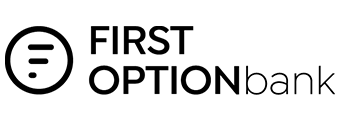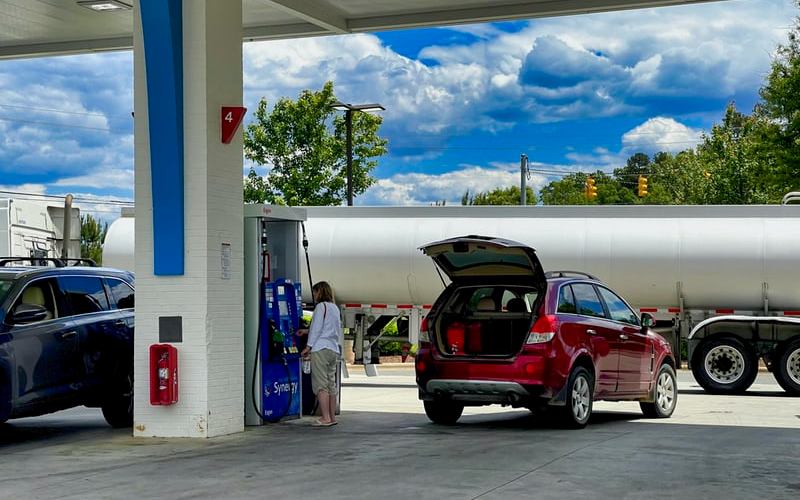This comes following revised economic forecasts released Friday, revealing inflation is tipped to reach 7.75% by year’s end.
The Treasury had previously forecast inflation to reach the same figure in updated economic forecasts released last week.
PRD Chief Economist Dr Diaswati Mardiamso told Savings.com.au there is some steadiness throughout the RBA’s messaging in the Statement of Monetary Policy (SOMP), which may be a cause for concern.
“On one hand, it does create a sense of hope, certainly calms down the playing field; but at the same time are we being lulled into a false sense of security?” Dr Mardiasmo said.
“The biggest change can be seen in the RBA’s inflation forecast, which they have revised to hitting a peak of 8.0% in 2023, before going back to the healthy target rate of 2-3.0% in 2024.
“This acknowledges the current situation, however the forecasted decline (that is needed to get to 2-3.0%) is much steeper than May’s SOMP, which suggests that RBA might be preparing to increase the cash rate further, to pull down inflation.”
Within the SOMP for August, the RBA is assuming the cash rate to reach 3% by the end of 2022.
ANZ economists on Friday said even with the cash rate at 3% by the end of this year, inflation is at best expected to be at the very top of the RBA’s target band at the end of 2024.
“In time we think the RBA will conclude that this creates too much risk that inflation expectations move higher,” ANZ economists said.
ANZ economists have previously forecast the cash rate to climb in excess of 3% by the end of 2022.
Following the release of the RBA’s August 2022 SOMP, AMP Chief Economist Shane Oliver said the RBA is still hawkish with the risk of higher inflation expectations.
This comes as the RBA noted very considerable monetary stimulus was put into place during the pandemic to help the Australian economy through a very difficult period.
“The strong recovery of the economy and the high inflation are requiring the withdrawal of monetary stimulus earlier, and faster, than previously expected,” the RBA said.
“The increases have been required to create a more sustainable balance of demand and supply in the Australia economy.”
The RBA continued to echo its sentiment that the Board is committed to do what is necessary to ensure inflation returns to the target range over time.
“It is seeking to do this in a way that keeps the economy on an even keel," the RBA said.
“The path to achieve this balance is a narrow one and subject to considerable uncertainty. The Board expects to take further steps in the process of normalising monetary conditions in the months ahead.”
In short, that means further interest rate rises.
Real wages to reach levels not seen since 2009
The reality of real wages falling appears to not deter the RBA, with the central bank noting over 60% of firms so far expect to raise wages by more than 3% over the year ahead.
In its SOMP for August, the RBA noted broader measures of labour income growth are expected to increase at a faster rate than the Wage Price Index over the forecast period.
“These broader measures imply less of a decline in real incomes than suggested by the narrower Wage Price Index measure,” the RBA said.
The RBA’s own forecasts however show a 3.1% drop in real wages over the span of the next 12 months.
Source: RBA Statement of Monetary Policy August 2022.
If these forecasts are proven correct, not since 2009 would real wage growth be this low.
The RBA has previously forecast within its SOMP for the May 2022 quarter that real household income would grow by 0.9% in the final three months of the year.
Spinning 180 degrees, the RBA now believes real household income will report a 0.9% decline.
ACTU President Michele O’Neil said June 2024 for real wage growth is too long to wait.
"Wages have stalled at 2.6% growth while inflation is expected to reach 7.75% by the end of the year," Ms O'Neil said.
“The cost-of-living crisis, and now the rapid and brutal hike in interest rates is forcing many workers to deplete their savings. They simply cannot withstand their wages continuing to go backwards in real terms."
The RBA warned a decline in real incomes for the average household could weigh on spending more than expected, particularly if household wealth is also declining.
"Many households should be well placed to absorb higher prices and interest costs without significantly curtailing consumption," the RBA said.
"However, there are some households that will be more budget constrained in the period ahead, particularly those with low savings buffers and high debt.
"Higher prices, especially for food and fuel, are likely to impact low-income households in particular (which tend to spend a larger share of their income on these necessary items)."
The #RBA's Graph 5.10 shows negative real wages in the context of its forecasts. I have reconstructed this to add some historical perspective.
— Alex Joiner (@IFM_Economist) August 5, 2022
Real wages are forecast to get back to as low as they were in 2009, an extraordinary setback for households. pic.twitter.com/QKY1OiG3dc
Advertisement
Need somewhere to store cash and earn interest? The table below features savings accounts with some of the highest interest rates on the market.

- Bonus variable rate for the first 4 months on balances up to $250k and high variable ongoing rates.
- No fees and no monthly requirements to earn interest.
- Easily open an account online in 3 minutes.
Image by Sean Robertson via Unsplash








 Denise Raward
Denise Raward

 Harry O'Sullivan
Harry O'Sullivan
 Brooke Cooper
Brooke Cooper
 Hanan Dervisevic
Hanan Dervisevic

